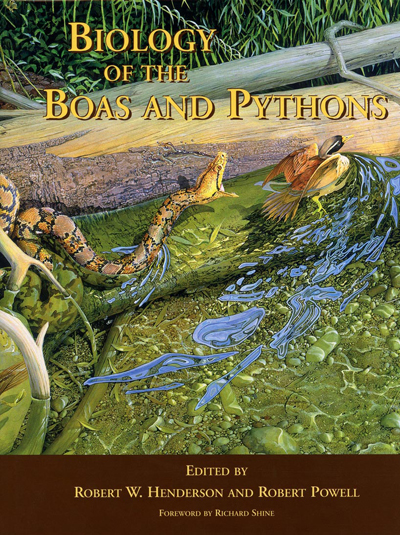This time of the year is the start of the season when West Indian Boa babies are born. The various species employ slightly different reproductive strategies, reflected in their annual timings of birth. Ford’s Boa (Chilabothrus fordii) is generally the first of the genus to give birth in- and ex situ.
This litter of four C. fordii, produced by a five year old female, was born on July 24, 2021 in Germany. The moon phase was full moon, a low pressure system was in the making and the boas were born in the hours of the (not so early) morning and discovered around 11am – most likely – soon after birth. Yolk sacs and fetal membranes were still attached.
The weight of the boas was determined with a household fine scale. The measurements of the seemingly largest specimen was approximately 25 cm and weighed 4.9 grams. The shortest was about 23 cm and weighed 4.4 grams. The weights of the others were 4.5 grams and 4.8 grams, respectively. Mean neonate weight was 4.65 grams.
No stillborn, deformed young or unfertilized eggs were discovered. It appears unlikely that the female produced and consumed them because: (a) the boas were discovered right after birth and ( b) no signs of consumption were made – the mother looked very emaciated.
The boas are from Jeff Murray, a mixture of US lines. Jeff coined the phrase: It’s Christmas in July! Which appears very accurate when one sees these beauties.


 Litter of 9 neonate C. fordii born 27 July. Photo Jeff Murray
Litter of 9 neonate C. fordii born 27 July. Photo Jeff Murray
The first newborn boa shed after 5 days. A comparison of the first skin to an adult C. fordii shed illustrates the size differences. Notice that the skin stretches when the boas shed, the baby boa measures about 25 cm, whereas the skin measures close to 40 cm. The adult boa skin has stretched to a lesser percentage.

We look forward to more litters coming on both sides of the Atlantic. To read more about the fascinating Ford’s Boa, click here




